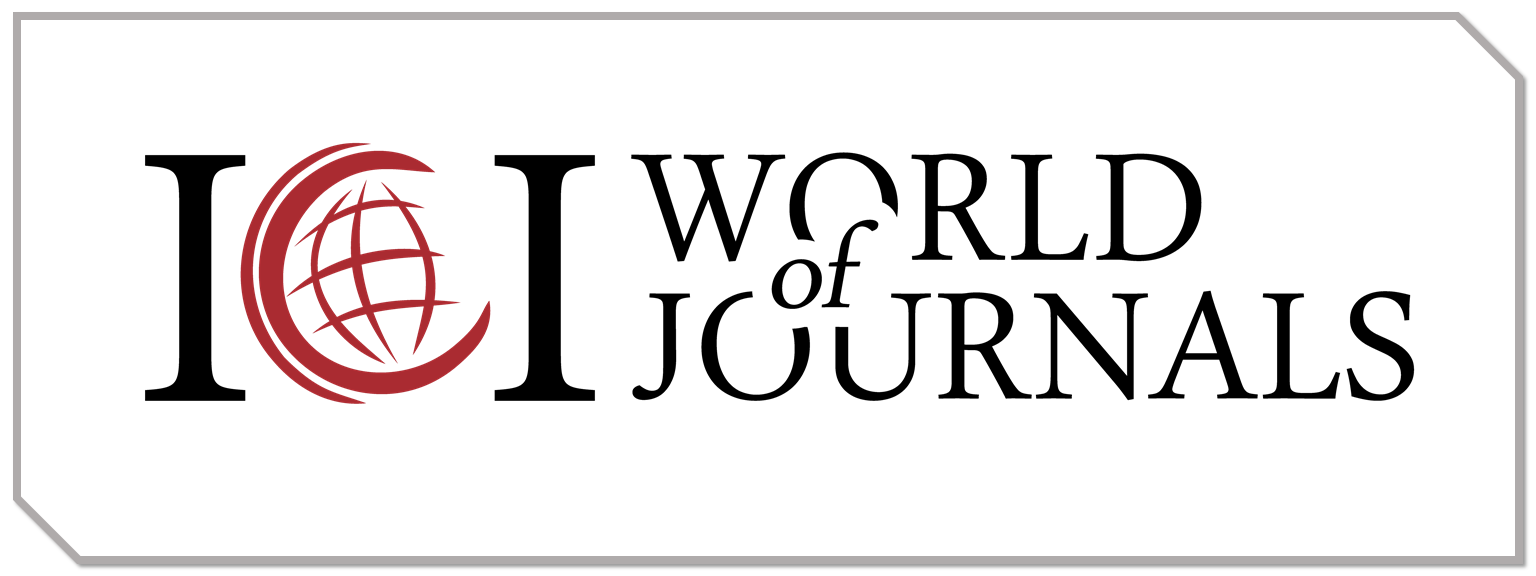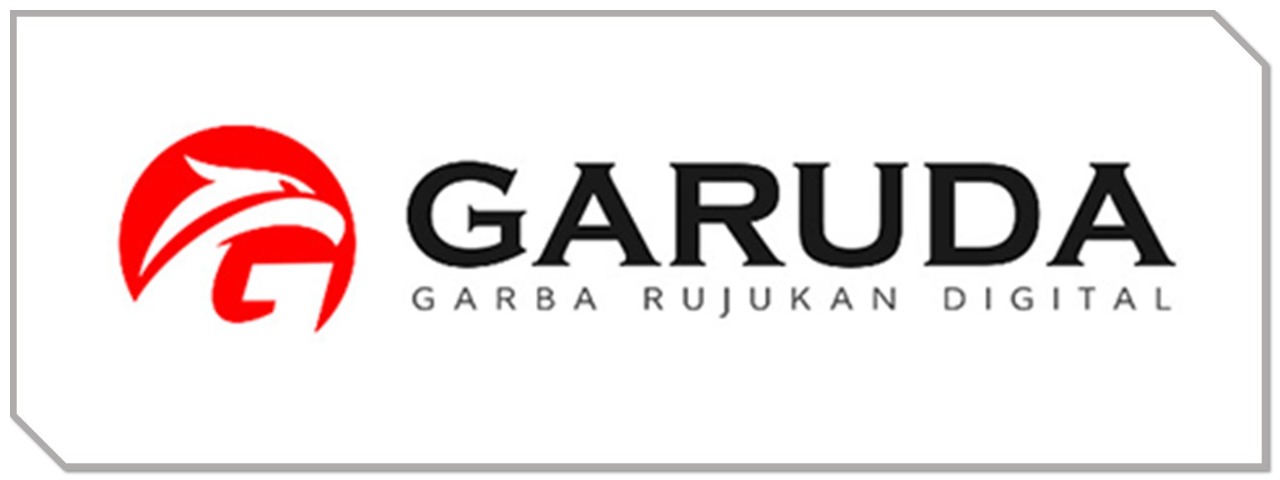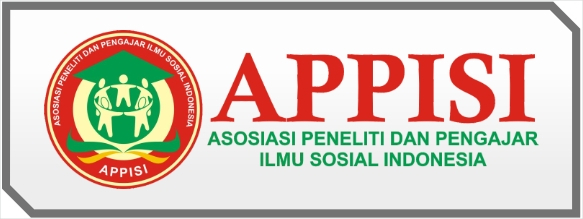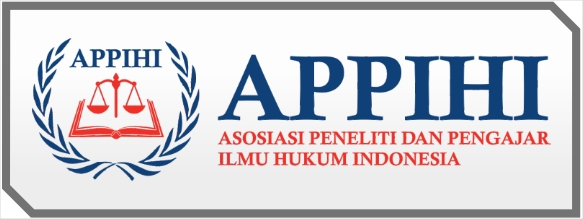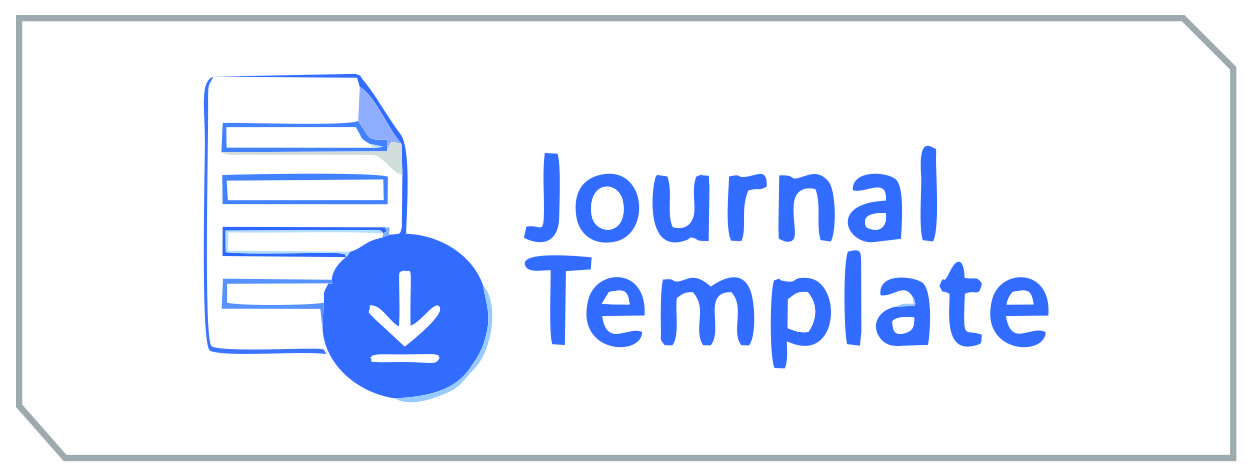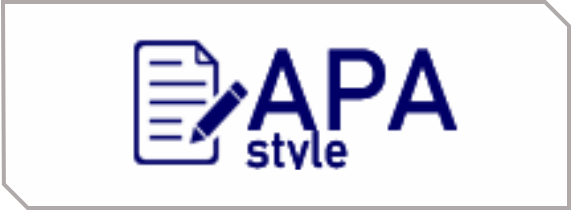Kajian Dialektis dalam Komunikasi Perawat-Pasien: Memahami Variasi Bahasa dalam Konteks Perawatan Kesehatan
DOI:
https://doi.org/10.55606/khatulistiwa.v2i2.3401Keywords:
Dialectical, nurse-patient communication, language variation, healthcare, critical discourse analysisAbstract
This study explores the dialectical aspects of communication between nurses and patients, focusing on understanding language variations in the context of healthcare. Language variation often plays a crucial role in nurse-patient interactions, influencing understanding, compliance, and the quality of care. Through a critical discourse analysis approach, this study attempts to dissect the dynamics of communication that occur, identifying conflicts and misunderstandings that may arise due to language differences. By understanding these dialectical aspects, it is hoped that more effective and responsive communication strategies can be developed in nursing practice. The findings from this research are expected to provide valuable insights for healthcare practitioners in understanding and addressing cross-cultural communication challenges in the context of care.
References
Anderson, M. (2021). Holistic approaches to language learning: Strategies for effective instruction. Journal of Language Teaching and Research, 12(4), 803-814.
Brown, K., & Thompson, L. (2022). Collaborative learning methods in pharmacy education: A systematic review. American Journal of Pharmaceutical Education, 86(2), 8246.
Chen, H., Yang, Q., & Zhang, M. (2020). Integrating content-based instruction into English language learning for pharmacy students: A case study in China. Journal of Pharmacy Education and Practice, 4(4), 301-308.
Davis, R., & Smith, T. (2020). Contextualizing language learning in healthcare education: A systematic review. Medical Education Online, 25(1), 1742967.
Gupta, S. (2021). Cultural aspects of language learning in pharmacy education: Implications for curriculum development. Currents in Pharmacy Teaching and Learning, 13(9), 1171-1177.
Harris, E., & Lee, K. (2020). Formative assessment in language learning: Best practices for pharmacy educators. Currents in Pharmacy Teaching and Learning, 12(10), 1312-1319.
Johnson, A., Smith, B., & Davis, C. (2023). Clinical simulation as a method for integrating English language learning with pharmacy content: A pilot study. Simulation in Healthcare, 18(3), 201-208.
Kim, S., & Park, J. (2022). Collaborative curriculum development for interdisciplinary learning: A case study of language and pharmacy faculties. Journal of Interprofessional Education & Practice, 12, 100-107.
Liu, W., & Zhao, Y. (2021). Enhancing English language learning for pharmacy students using digital technology: An exploratory study. Journal of Technology in Pharmacy Education, 7(3), 145-152.
Martinez, L., Sanchez, M., & Garcia, R. (2019). The impact of case-based learning on English language proficiency and content understanding in non-English speaking pharmacy students. International Journal of Pharmacy Education, 13(2), 78-84.
Downloads
Published
How to Cite
Issue
Section
License
Copyright (c) 2022 Khatulistiwa: Jurnal Pendidikan dan Sosial Humaniora

This work is licensed under a Creative Commons Attribution-ShareAlike 4.0 International License.





